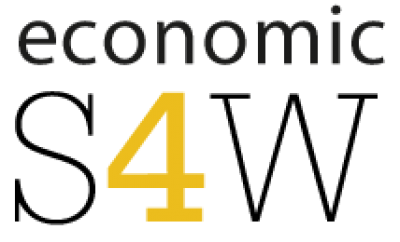The Australian Care Economy
eS4W commissioned the AECGroup to gain quantitative data to support a change in the economic wellbeing of female carers in the Care Economy. eS4W commissioned this study using a similar methodology to the Counting on Care Work study in Massachusetts using data from, for example, the 2006 Census of Population and Housing and the 2006 Time Use Survey. This study required estimates to be calculated (or updated) of the economic value of both paid and unpaid ‘care work’ in Australia.
This report was launched on Wednesday, 19th September, 2012 in Canberra.
» eS4W – Counting on Care Work in Australia Final Report
eS4W’s first report – Scoping-the-care-economy-report-FINAL led to the “Counting on Care Work in Australia Report” The report is complete and will be launched in the near future.
Short supply and increasing demand in the Care Economy: women are paying the price
In 2009-2010 the care economy[1] was worth an estimated $762.5 billion.
Paid care was worth $112.4 billion – 8.8 per cent of GDP – providing nearly 20 per cent of all paid employment
Unpaid care was imputed at $650.1 billion – equivalent to 50.6 per cent of GDP –and 11.1 million FTE workers; 1.2 times the total Australian full time employed work force
Women contributed 60 per cent of these 21.4 billion hours of unpaid care work undertaken across Australia in this period.
These figures come from ‘Counting on Care Work in Australia’, recently published by economicSecurity4Women (eS4W)[2]. This is the first comprehensive quantification of the Australian care sector, paid and unpaid, using both replacement and opportunity cost methods.
The research highlights the primacy of women in the care economy and its significance to Australia. Women are bearing the bulk of the care load and it is having a significant negative impact on their incomes and retirement savings.
1. For the purposes of this paper, the care sector is defined as “the total (paid and unpaid) labour required to meet the needs of:
- children to be cared for and educated,
- everybody’s physical and mental health that requires attention, and
- the needs of individuals who require assistance with the activities of daily living because of illness, age or disability” (Albelda et al., 2009, p.4).
2. Hoenig, S.A., and Page. A.R.E., (2012). Counting on Care Work in Australia. Report prepared by AECgroup Limited for economic Security4Women, Australia
Please contact eS4W at coordinator@security4women.org.au should you require any further information.
